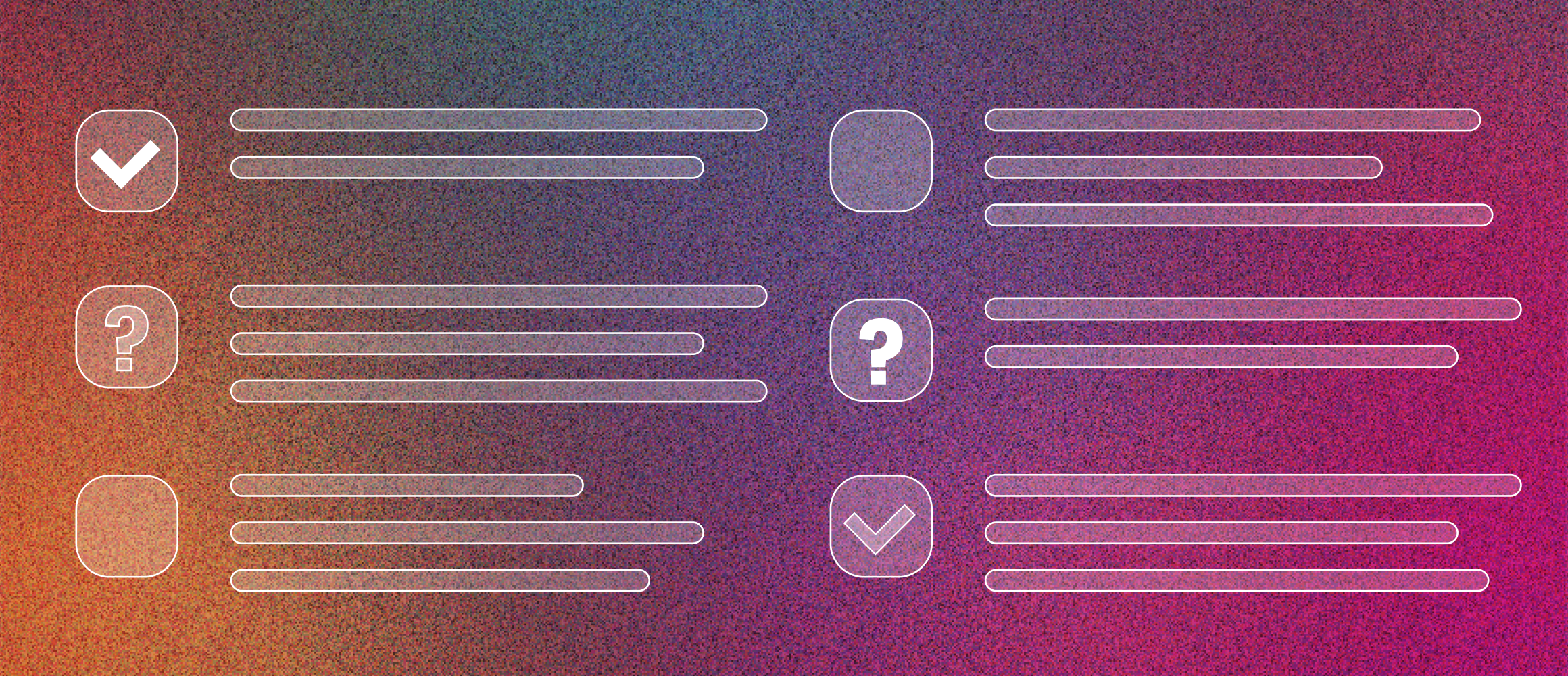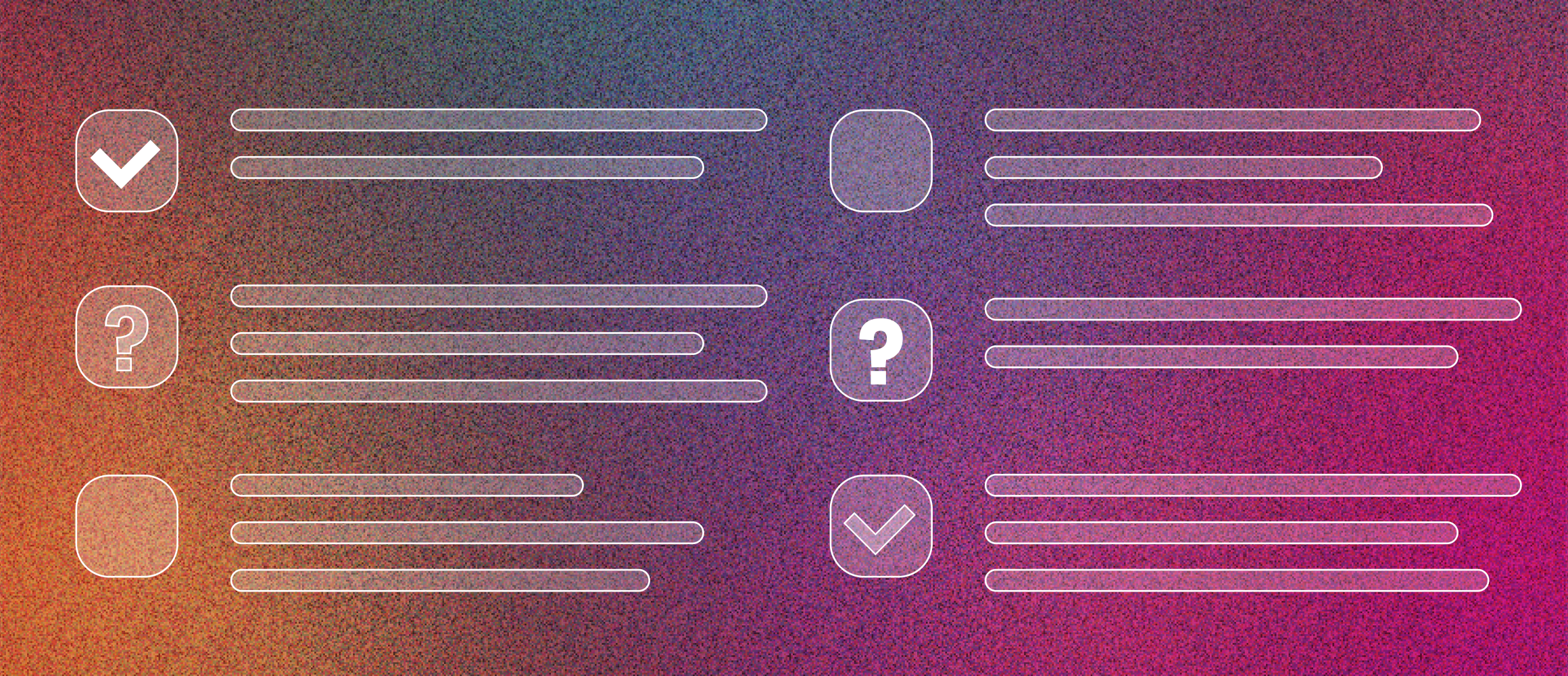This blog is part of a three-part series. Check out parts one and three: ‘The big questions’ and ‘The right agency.’ Do you have a project in mind? We’d love to hear about it.
Part 2: The details
You’re on the right track, you’ve already achieved client readiness and have considered the big questions. The next step in drafting a clear, compelling RFP is to provide the ‘right’ amount of detail.
We love to see an RFP that includes key information (like a project description, required functionalities, timelines, etc.) but that doesn’t get overly specific (like including a homepage sketch). Agencies thrive when you clearly provide your high-level needs, but also leave space for collaboration and creative solutions.

Here are some details that are helpful to include:
1. State of your brand
It’s helpful to share which aspects of your brand identity will need to stay the same (color palette, fonts, logo, voice and tone, etc.) and which you might want to update as part of a website redesign. This information will give agencies a clear sense of what brand assets are available, and what work needs to be done, so that they can shape a proposal that is additive, and not redundant.
2. Design inspiration
Including a list of websites you love can communicate a wealth of information to prospective agencies that might be difficult to put into words, like your design aesthetic and how you envision your future site.
3. Key audiences
Sharing an idea of who you believe are your primary website audiences – for example: policymakers, staff, education professionals – can be helpful information to help agencies understand what types of content and functionality you may want to prioritize.
4. Your ‘hidden’ content
It’s a good idea to include in your RFP if there’s ‘hidden’ information on your site (in an intranet, or password protected area, for instance). Anything you can share about how you envision your content will (or won’t) show up is helpful to inform the scope.
5. Your preferred CMS
Whether your heart is set on WordPress or you’re open to a recommendation, it’s great to include that information. Agencies often specialize in a particular CMS, so sharing your preference will help make sure that you receive proposals from agencies with the right expertise.
6. Key functionalities
If you will need specific functionalities – like a complex Salesforce integration or multi-lingual functionality – including them in your RFP will help ensure you’ll receive accurate estimates now so you won’t go over budget later.
7. Include your budget (or a range)
This one may sound scary – you want the best value for your money – but whether you give a budget estimate or a range, it’s important to remember that agencies will compete. By including a budget you can help agencies benchmark against your baseline.
8. Set a timeline for response and selection
You’ll likely have already included a deadline for proposal submissions, but it’s helpful as an agency to see if you have a timeline by which you plan to contact or interview selected agencies. Including this can also help make sure you limit follow up while you’re still in process.
Check out the next blog in our series, focused on how to attract the right agencies.
